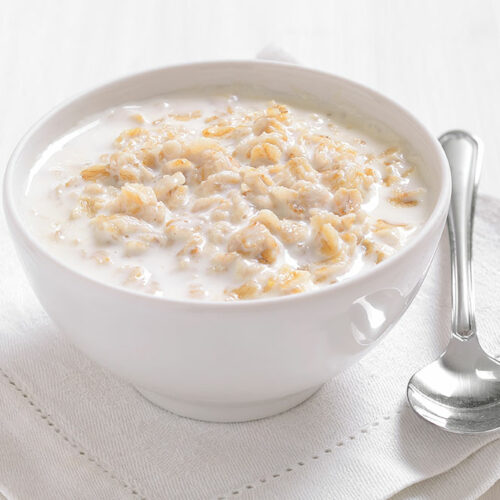8 common signs and symptoms eosinophilic esophagitis

The esophagus or food pipe transfers food to the stomach. However, it can get inflamed due to conditions like eosinophilic esophagitis (EOE). In EOE, eosinophils release substances in surrounding tissues that lead to inflammation. This causes the organ to contract and abscesses or ring-like projections to form. EOE can be triggered by acid reflux or food allergies. To manage the condition, here are some signs and symptoms of EOE that one should not ignore: Symptoms of eosinophilic esophagitis (EOE) The symptoms of EOE may vary among adults and children, although certain symptoms are common in both. So, here are the signs and symptoms of EOE among children and adults: Symptoms of EOE in adults Studies have shown that EOE in adults usually shows up in the form of strictures, rings, and narrowing of the esophagus. As a result, adults with EOE may have these symptoms: Difficulty swallowing One of the classic symptoms of EOE is difficulty swallowing. The technical term for this symptom is dysphagia. In usual circumstances, one may face dysphagia if they gulp down their food, but the symptom shows up for those with EOE even when they chew their food well. Acid reflux Acid reflux is usually a symptom of gastroesophageal reflux disease (GERD), a health condition closely related to EOE.






